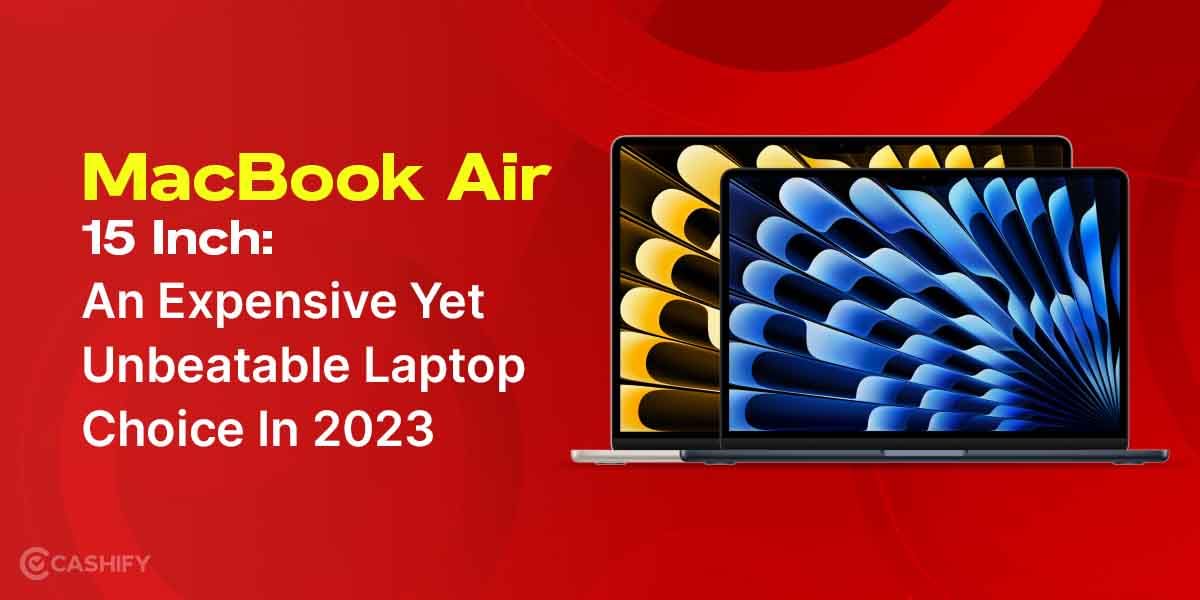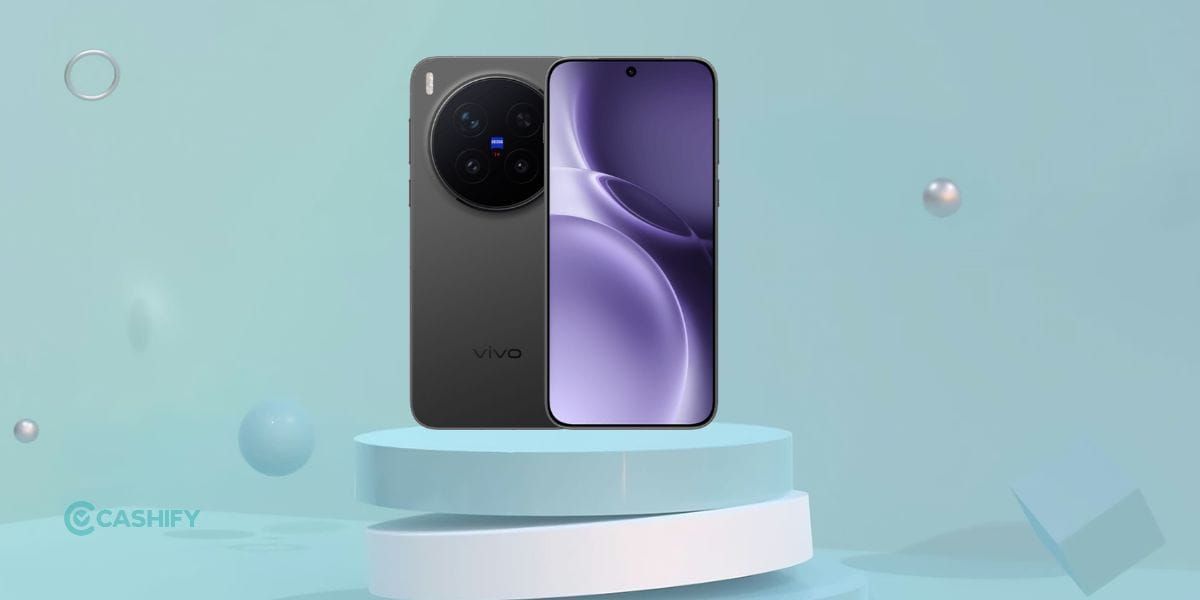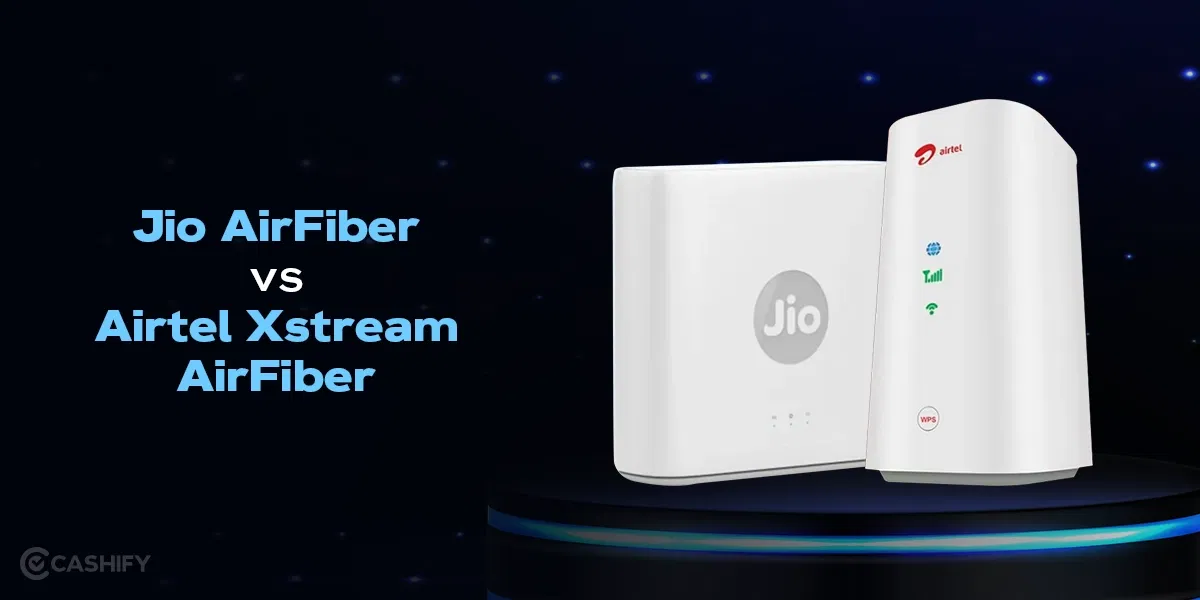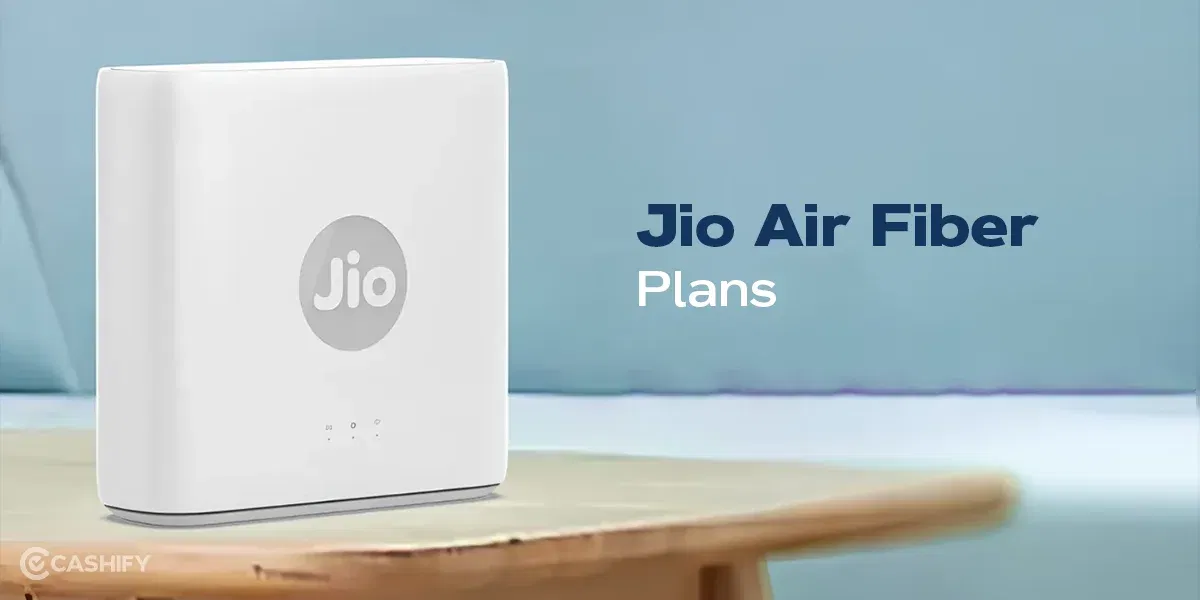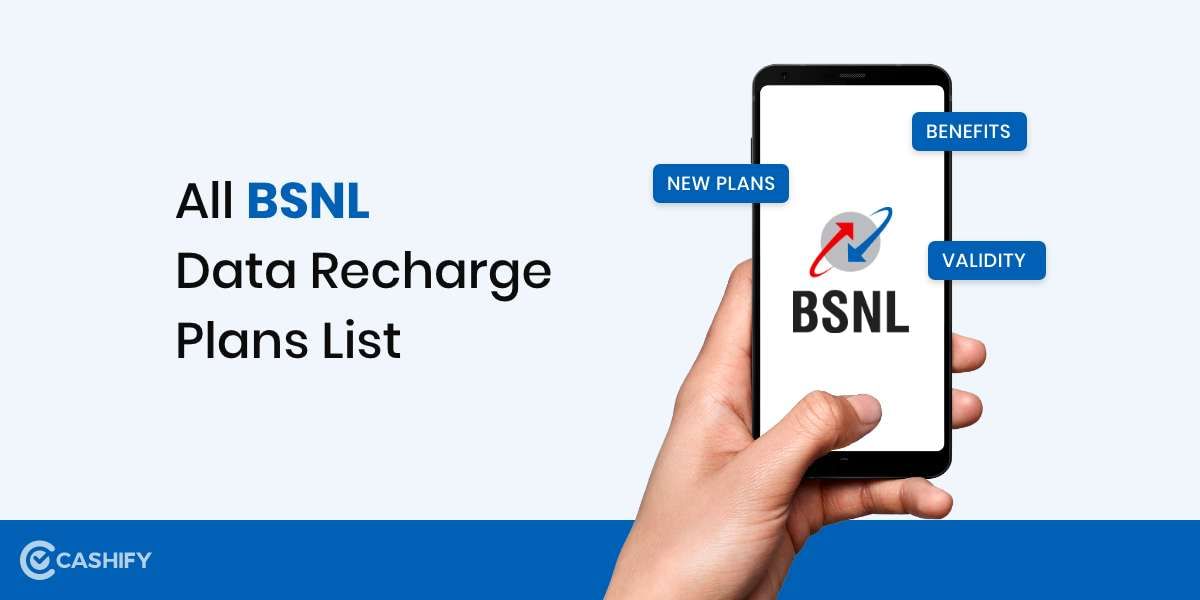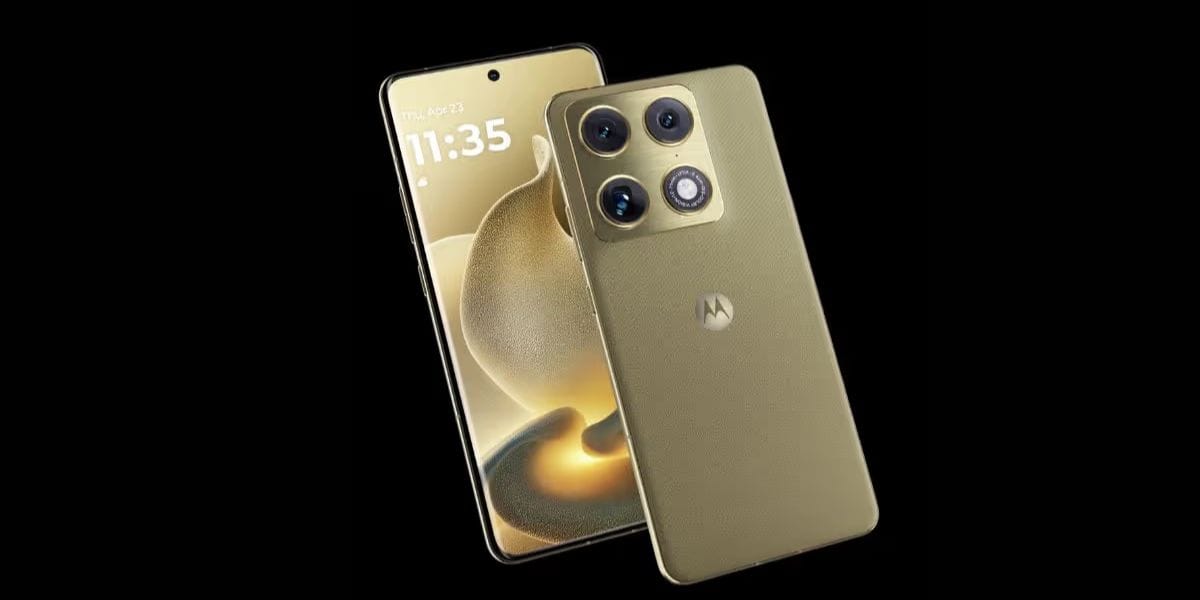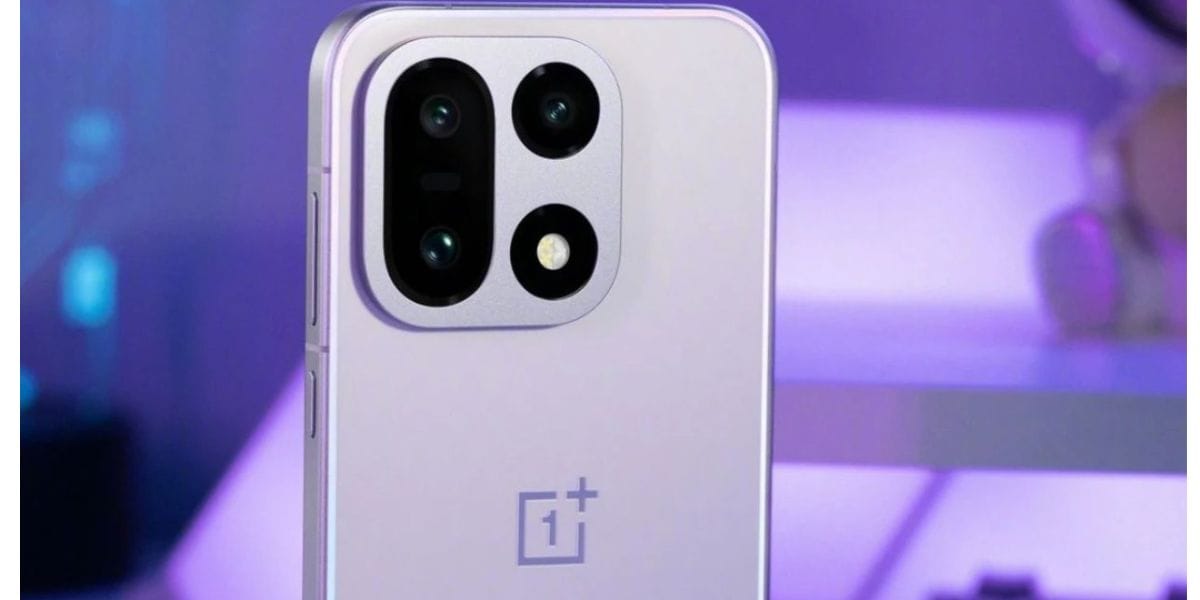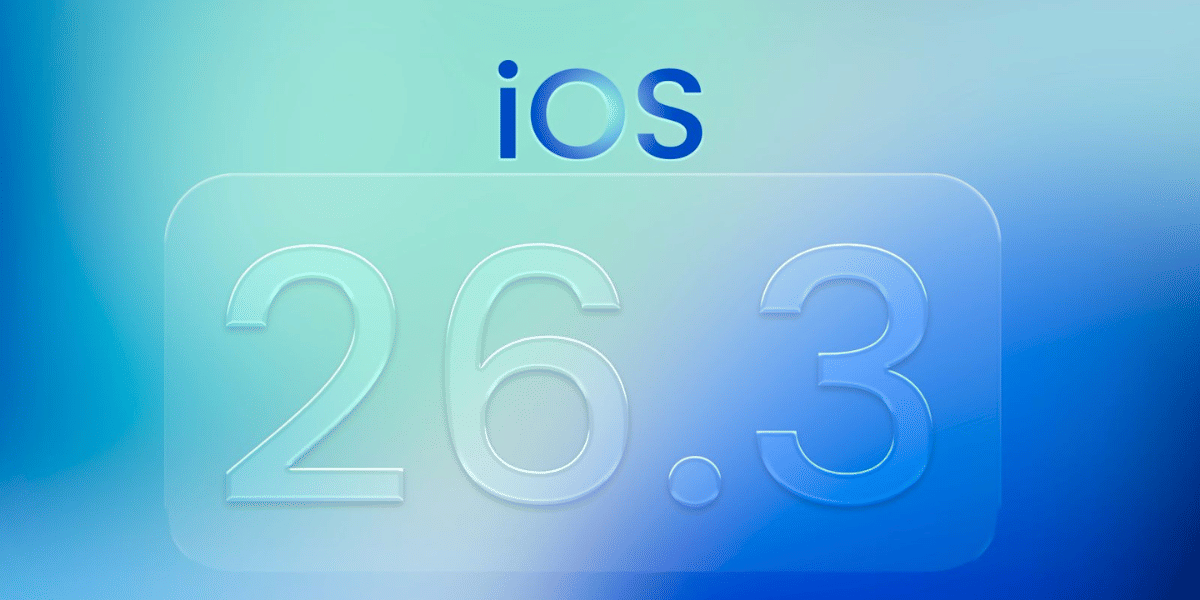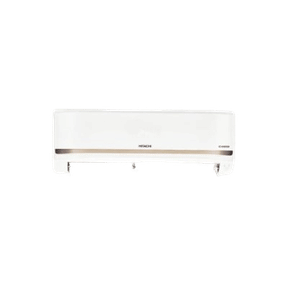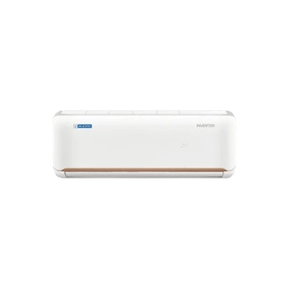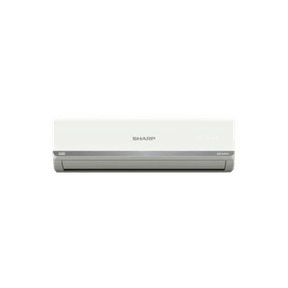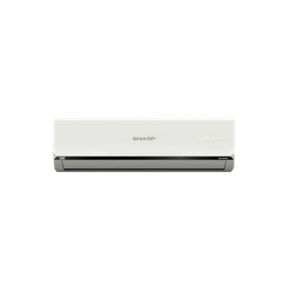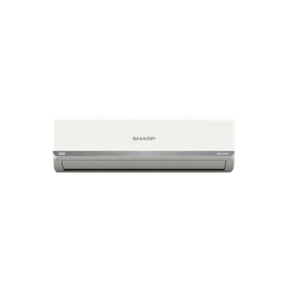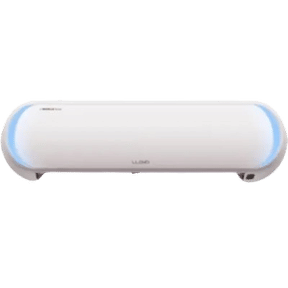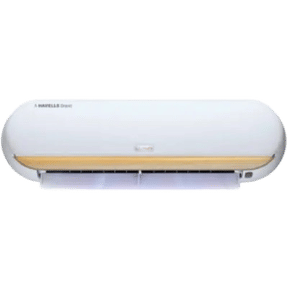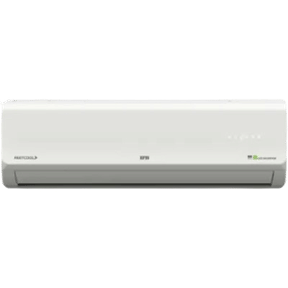AC used to be a luxury once and now it has become a necessity. With the increase in global warming, the climate in summer goes unpredictable. India is unquestionably one of the hottest markets for ACs and an AC buying guide becomes important. In summers the temperature goes above 45 degrees in many regions. Every year summers are getting hotter and leaving people with no option but to buy AC.
Buying AC can be a little confusing though. One should be aware of types of AC, which size is best suited for a room, and a host of other things to keep in mind before going to the store or ordering it online. That is why we are providing a detailed AC buying guide so that you can make a well-informed decision.
Also Read: Best Dell Laptops Under 40000 In India
AC Buying Guide 2022: Everything You Need to Know
1. Pick the type of Air Conditioner that is suitable for your Room
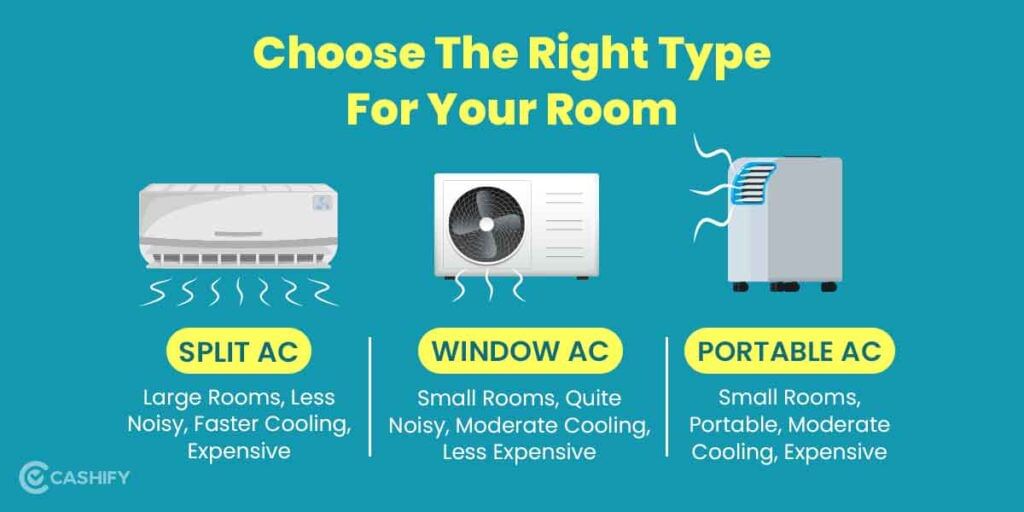
There are basically three types of ACs in the market each catering to a different use case.
Split AC
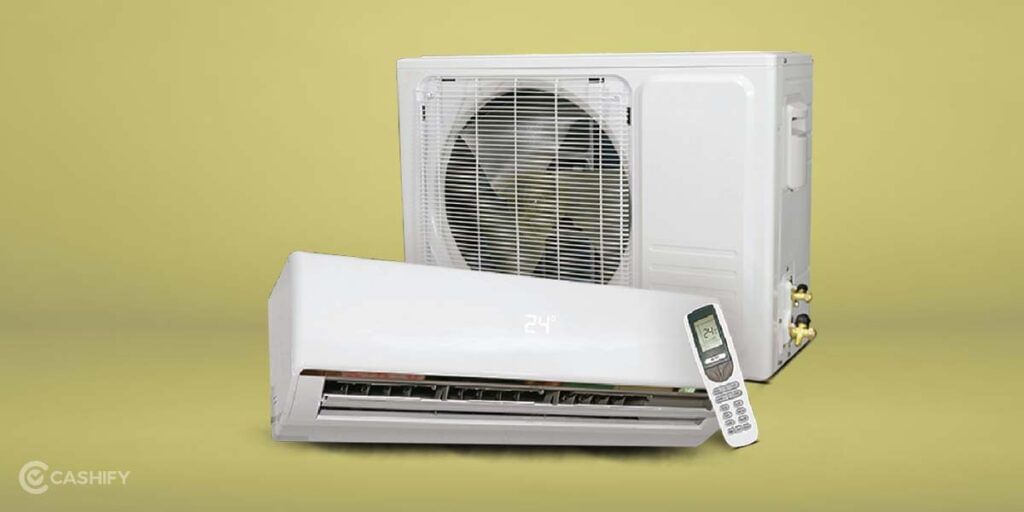
A Split Air Conditioner as the name suggests has two sections, an inside unit, and an outside unit. The blower and an evaporator are elements of the indoor unit, whereas the compressor and condenser are components of the outside unit. Both the units are connected via insulated tubes.
Split air conditioners provide faster cooling and more airflow, but they are more expensive to install and difficult to remove when it’s time to move to a new location. Furthermore, the distance between the interior and outdoor units is limited; the further apart they are, the less effective the entire unit is. In comparison to other types of ACs, they are considerably more expensive to maintain.
Window AC
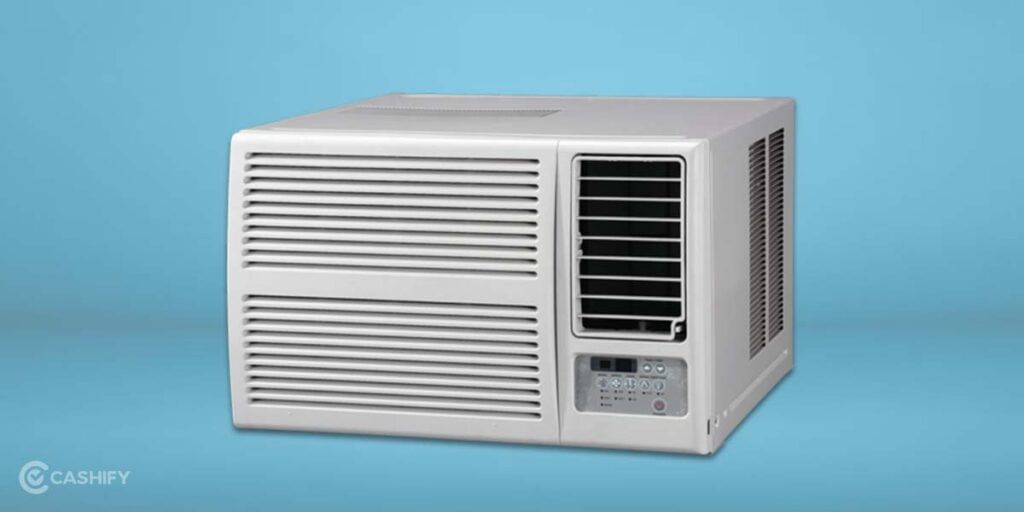
Window air conditioners often referred to as monoblock air conditioners, are less complicated than split air conditioners and don’t take up as much installation area. A window air conditioner is significantly simpler and less expensive to install and easy to remove as all the parts are contained in a single unit.
A window AC is recommended if you live in a rented apartment and travel around a lot. But they lack the sleek appearance of split air conditioners and are not aesthetically pleasing. These AC units are also somewhat noisy and block the room’s window opening. Also, for particularly large spaces, they might not be the best option.
Portable AC
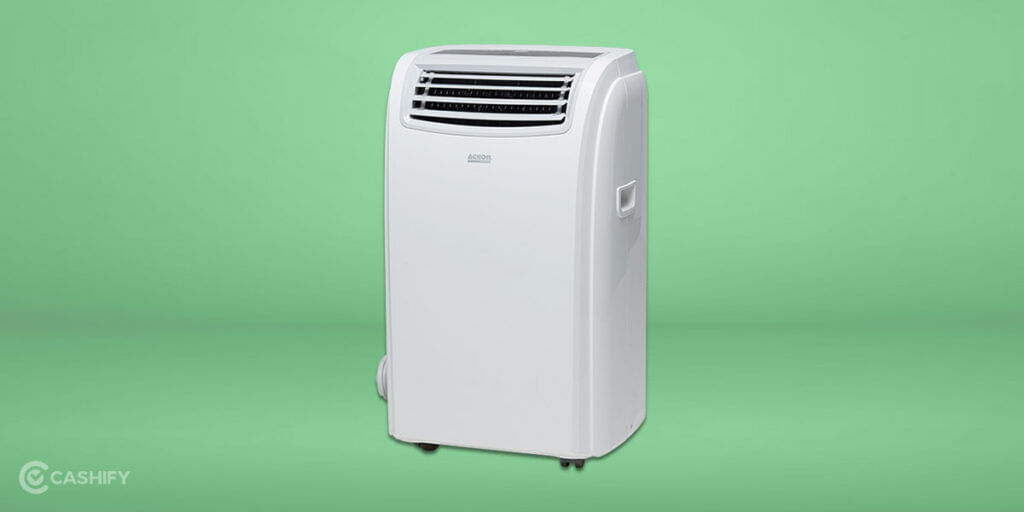
If you need something portable that can be shifted amongst different rooms then a Portable Air Conditioner is the option. These resemble window air conditioners but can be moved. Such air conditioners include a hose, one end of which is linked to the AC unit and the other of which must be attached outside the window.
A portable air conditioner can be an excellent option if you want to chill in your living room, where you spend most of your time, and later move it to your bedroom, where you sleep. This is the best option if you don’t want to spend the money on two air conditioners. However, it has a few drawbacks of its own, such as more noise and a little greater cost. Additionally, they only work well in smaller spaces.
Also Read: Explained: Different Types Of Air Conditioners
2. Pick the capacity depending on the size of your Room
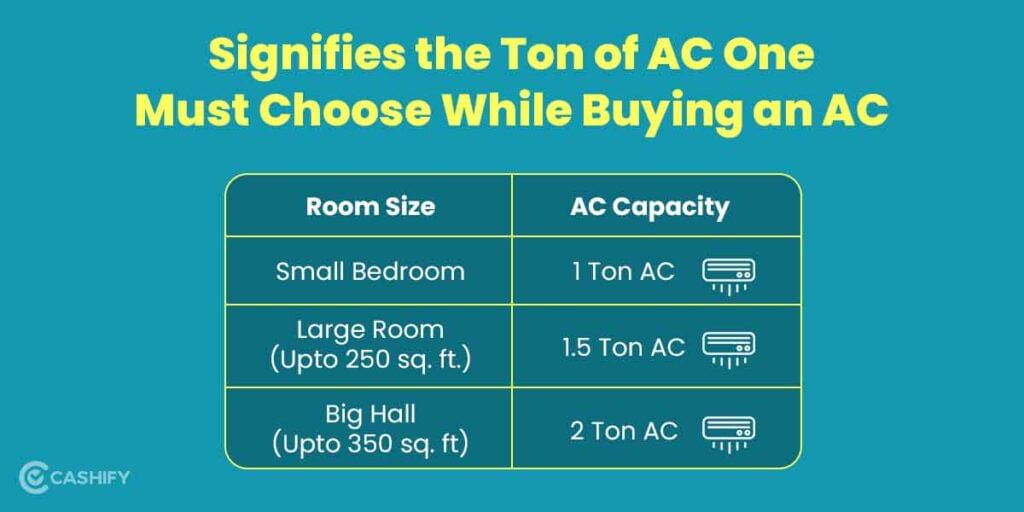
To extract maximum efficiency of an Air Conditioner you must choose the right tonnage capacity of the AC depending on the size of your room. In India, AC capacity is measured in tonnes, however, the British Thermal Unit (BTU) rating is a more precise approach to determine how quickly an AC can chill a room. The BTU rating is also used to gauge how energy-efficient an air conditioner is.
You must first select the ideal AC capacity based on the size of the space that has to be cooled in order to effectively cool the room. While if you have a small bedroom a 1 Ton AC should be sufficient, and for slightly bigger rooms you can opt for a 1.5 Ton AC. But if you are looking to install an Air Conditioner in your drawing room with a seating capacity of 10 or more people you must opt for a 2 Ton Air conditioner.
However, the British Thermal Unit (BTU) rating is a more accurate method to assess how quickly an AC can cool a room. Another way to determine an air conditioner’s energy efficiency is to look at its BTU rating.
| Room Size | BTU | Tonnage |
|---|---|---|
| 100-120 sq. ft. | 6,000 BTU | 0.5 Ton |
| 120-150 sq. ft. | 9,000 BTU | 0.75 Ton |
| 150-180 sq. ft. | 12,000 BTU | 1.00 Ton |
| 180-250 sq. ft. | 18,000 BTU | 1.50 Ton |
| 300-350 sq. ft. | 24.000 BTU | 2.00 Ton |
| 350-500 sq. ft. | 36,000 BTU | 3.00 Ton |
3. Check for Star Rating for AC
The star rating system primarily represents an electrical appliance’s energy efficiency. The number of stars reflects the energy efficiency ranging from 1 to 5 stars, where the 5-star label represents the highest energy efficiency.
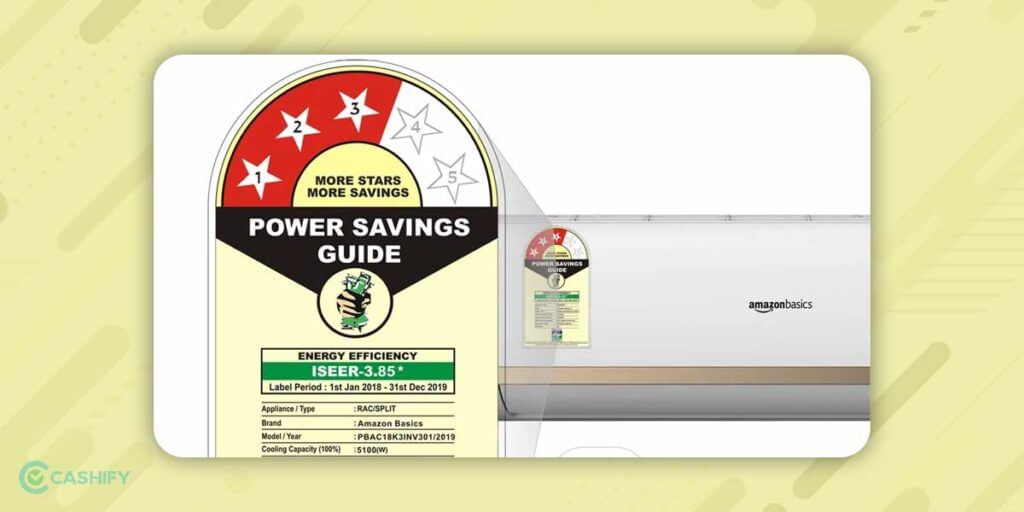
- More Stars: Better Cooling Capacity: A 5-star air conditioner operates optimally and performs far better than a 3-star air conditioner while using less energy. It cools the space more quickly than a 3-star AC and is environmentally friendly as it consumes the least energy.
- More Savings with a Higher Star Rating: More energy will be saved as you move up in the star ratings. An air conditioner with a 5-star rating often uses up to 28% less energy than one with a 3-star rating.
It is important to note that the star ratings can only be compared amongst the same types of ACs. For example, a Split AC that is 3-star rated might be more energy efficient than a 5-star Window AC. So make the comparison wisely.
The more the star rating, the more energy efficient the Air Conditioner will be. But make sure that the addon cost difference between a 5-star AC and a 3-star AC is not significant. About 10-15% extra cost is justified to get a 5-star AC compared to a 3-star or 4-star rated AC. An air conditioner with a 5-star rating uses up to 28% less energy and the extra cost can be covered in a few years. Additionally, a 5-star rated air conditioner consumes fewer watts and emits less heat than 3-star models while still providing the same level of cooling over the same period of time.
Also Read: BEE Star Labels For Appliances Explained
Calculating the power consumption of your AC
You need the following details in order to accurately assess your air conditioning system’s electricity consumption.
- kW Rating of the AC (Can be found on the Bee Star Rating Label)
- Average number of AC running hours per day
- Cost of electricity per unit
Units per month = (kW of AC) * (Daily running hours) * (Number of Days in Month)
For reference here is the average power consumption of a Split AC. Here the power consumption is given in Watts and it can be divided by 1000 to get the values in kW that can be used in the above-mentioned formula.
| Star rating | 1 Ton | 1.5 Ton | 2 Ton |
| 1 Star | 1100W | 1651W | 2200W |
| 2 Star | 1036W | 1554W | 2071W |
| 3 Star | 940W | 1408W | 1878W |
| 4 Star | 782W | 1174W | 1565W |
For reference here is the average power consumption of a window AC.
| Star rating | 1 Ton | 1.5 Ton | 2 Ton |
| 1 Star | 1355W | 2032W | 2710W |
| 2 Star | 1279W | 1918W | 2557W |
| 3 Star | 1174W | 1761W | 2348W |
| 4 Star | 1100W | 1650W | 2200W |
| 5 Star | 1065W | 1599W | 2131W |
The type of AC you should purchase depends on your demands. The benefits of 3-star and 5-star ACs differ slightly. As a result, everything comes down to individual concerns like initial pricing, usage, etc. If you only want to use the AC occasionally, you can get by with a 3-star unit.
Instead, if you reside in a region with extreme temperatures where you might need to keep the AC running for a number of hours, choose a 5-star air conditioner.
4. Difference between Inverter and Non-Inverter AC
Inverter and non-inverter ACs are two different technologies in Air Conditioners that have become quite popular. However, inverter air conditioners consume less energy and are also more expensive. Untrue to the widespread belief that an inverter air conditioner must be powered by a power inverter (power backup). You’ll most likely hear this response from salespeople in some offline stores.
A non-inverter AC compressor runs continuously until the room temperature reaches the required level, at which point it shuts off. This start-stop process uses more energy and adds a sudden load on the power supply. However, an inverter AC compressor operates continuously and modifies power usage as necessary. That is the reason, that inverter ACs use less energy than non-inverter ACs. However, this feature is more expensive.
Dual Inverter AC in contrast to standard inverter AC units, which employ a single-cylinder, single-rotary compressor with variable speed, dual-inverter AC units uses a more sophisticated BLDC motor with two rotators. It is simpler to run over a wider frequency range because of the twin-rotator design, which generates a 180-degree phase difference. Compared to standard inverter ACs, dual inverter ACs provide superior cooling and greater energy efficiency.
Also Read: TV Buying Guide 2022: How To Choose The Right One?
5. Some Extra features You Should look for: AC Buying Guide
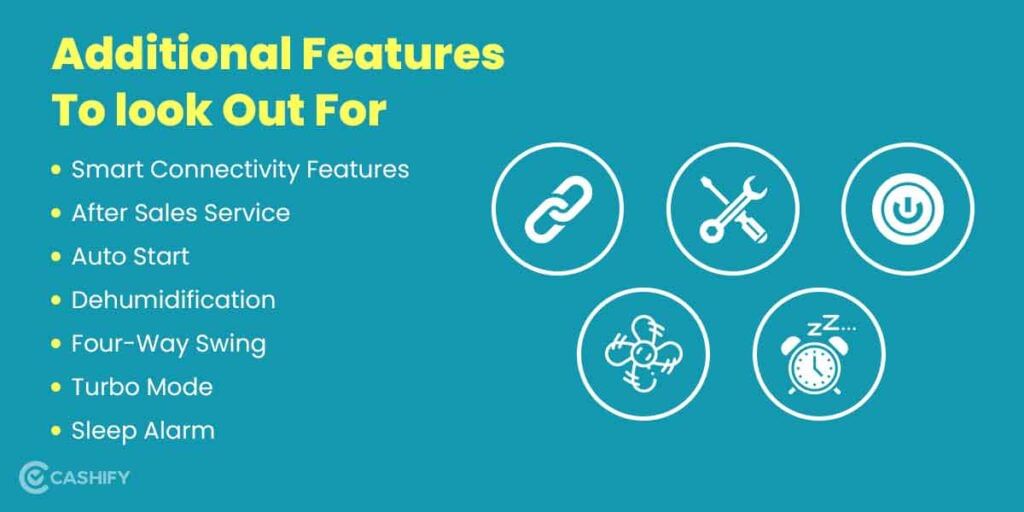
Wi-Fi connectivity, Smart features, and app control
These days, several high-end air conditioners incorporate smart capabilities like Wi-Fi (or Bluetooth) connectivity. With the help of these capabilities, ACs can be connected to your smartphone or Voice Assistant service, allowing you to adjust the temperature in the room even while you are not there or even away from your house.
The voice assistant on your smartphone (Alexa, Google Assistant, or Siri) or smart speaker can even be used to regulate the AC. Additionally, you can program the AC to turn on automatically when specific criteria are satisfied. For instance, you could program the air conditioner to Turn On automatically as soon as you leave for home, ensuring that the room is already the right temperature when you get there.
Choose models that are Alexa, Google Assistant, or HomeKit compatible and have a companion smartphone app for both Android and iOS if you want your new AC to have these smart capabilities.
After Sales Service
This is the most important factor that must be included in an AC Buying guide. First, it’s important to go for well-reputed tried-and-tested brands such as Samsung, LG, Voltas, etc. Chose the brands wisely and if needed ask friends and family for their past experience with a particular brand. This is because the service quality might differ from state to state.
And the next thing to consider it check the extended warranty pricing. This can help you make the decision as buying an extended warranty is helpful and is usually a good idea; as the spare parts and out-of-warranty repair cost for an air conditioner is extremely high.
Auto Start
Some air conditioners might not resume on their own when there is a power outage and then electricity is restored. When the power comes back on, an air conditioner with the Auto Start feature can restart itself and return the temperature to the setting you had before the power outage. This is a must-have feature if you live in a location that has frequent power cuts.
Also Read: 5 Best LG Double Door Refrigerators In India August 2022
Dehumidification
All air conditioners regulate the humidity in a room while cooling it, but some of them also have a dehumidification mode that lowers the humidity. If you reside in a location with an uncomfortable level of humidity, this feature is crucial.
Four-Way Swing
Most air conditioners have a two-way swing to distribute air around the space. While it doesn’t significantly affect the AC’s ability to effectively cool the room, having airflow by you every few seconds boosts how cool you feel. Some air conditioners include a four-way swing, which allows them to distribute air both horizontally and vertically, making it simpler to fine-tune the airflow. If you value airflow to a certain area of the room, then this is a crucial feature to have.
Sleep Alarm
To reduce electricity costs, the AC can be turned off after a certain period of time using the sleep timer option. The inconvenience of turning off the AC when you wake up in the middle of the night is undoubtedly diminished.
Turbo Mode
For this feature, most brands use a different marketing name. This option can be activated to speed up the cooling process while using more energy overall. You might occasionally need to utilize it on extremely hot days.
Also Read: Gaming Laptop Buying Guide All You Need To Know
FAQs
How to know which AC to buy?
To choose the right AC, consider factors like extreme performance for heavy usage, air filters for dust and pollen removal, and dehumidification capabilities for a moisture-free environment.
What to look for when buying an air conditioner?
When purchasing an air conditioner, consider costs, efficiency, essential features, home size, noise levels, extra labor for installation, and safety features.
Which is better, 1.5 ton or 1 ton AC?
A 1-ton AC is suitable for rooms up to 120-140 square feet, while a 1.5-ton AC is recommended for rooms between 150-180 square feet.
What capacity of AC should I buy?
Choose the AC capacity based on your room size: 0.75 ton for rooms <=90 sq ft, 1 ton for 91-130 sq ft, 1.5 ton for 131-190 sq ft, and 2 ton for 191-250 sq ft.
Which is a better brand for AC?
Consider reputable brands like Blue Star, Voltas, LG, Lloyd, and Daikin when purchasing an AC. These brands are known for their quality, reliability, and innovative features, ensuring superior performance and durability.
How do I know if my AC is good?
Check your air conditioner’s air filter, circuit breaker, and thermostat batteries regularly. Additionally, consider the weather conditions and use a thermometer to test the AC’s performance. Regular maintenance and inspections ensure optimal functioning.










